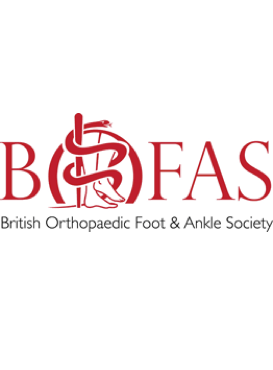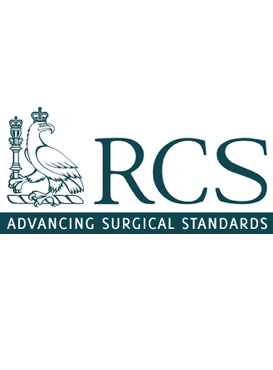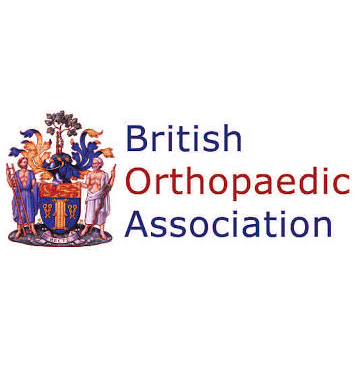Big Toe Arthritis
Symptoms
When arthritis affects the main joint of the big toe it is called hallux rigidus. The main feature is stiffness (“rigidus”) of the big toe (“hallux”). Of the whole body, the big toe joint is the second most commonly affected joint involved with arthritis. This is because it is under tremendous stress in walking. An important difference is whether the whole joint is worn out or if only the upper part of the joint is affected with extra bone around the edges.
Pain is felt in the big toe around the joint. In some people the pain is present whenever they walk or even at rest, but in others it only occurs when they turn the big toe up as far as it will go.
Painful stiffness of the big toe may be worse when walking up slopes. A bony bump (“osteophyte” or “dorsal bunion”) may develop on top of the joint, which may rub on shoes. This is your body’s natural response to the worn joint. Some people tend to walk on the outside of the foot. This may produce pain in the ball of the foot or down its outside border.
Causes
A few people may recall a specific injury or perhaps a preference to use one foot in a lifetime of sport. For others gout, rheumatoid arthritis or an infection may have damaged the joint.
Treatment
If the arthritis is at an early stage, the pain is improved by weight control, simple painkillers, comfortable wide shoes often with stiffer soles and an insole. Recently rocker soled shoes such as MBTs and Fit-flops have become fashionable. If the toe remains very painful, it may be worth injecting a low dose of steroid mixed with local anaesthetic into the small joint. This is either an outpatient procedure but may be done in the operating theatre if the diagnosis is uncertain.
Surgery
There are two main operations for hallux rigidus. Firstly joint preservation where the extra bone around the joint is removed (“cheilectomy”) possibly with an alteration of the shape of the bones around the joint. At this time a small bare area may be microfractured to attempt to cover it with scar tissue. The arthritic process will slowly continue and years later another operation may be required. A few select patients may benefit from an arthroscopic treatment.
Secondly a fusion of the joint would be recommended if the cartilage of the central joint is gone. This removes the painful joint and stiffens it completely. 95% of people will get rid of their pain. However, the choice of shoes will be more limited.
Replacement of the whole big toe joint has not been reliably successful over the years. But recently promising results with a re-surfacing procedure have suggested an option to keep some movement at this joint and thus shoes with a wider range of heel height may be worn. This involves operating on just one side of the joint.
Contact Us
There are many ways to book an appointment at the Cotswold Foot & Ankle Clinic. This may be a referral from either your GP, Hospital Consultant, Chartered Physiotherapist or Podiatrist.
For insured patients you will need to contact your insurance provider. If self-funding you may make a direct referral, but we prefer if you contact your GP, so they can inform us of your medical background.
OUR CONSULTANTS MR BROWN AND MR CLINT ARE MEMBERS OF




OUR LOCATIONS
Cheltenham Hospital, Nuffield Health
Cheltenham GL51 6SY
The Manor Hospital, Nuffield Health
Oxford OX3 7RP
CONTACT US
01242 246 559
admin@cotswoldfootandankle.co.uk
© Cotswold Foot & Ankle Clinic 2020 | PRIVACY POLICY